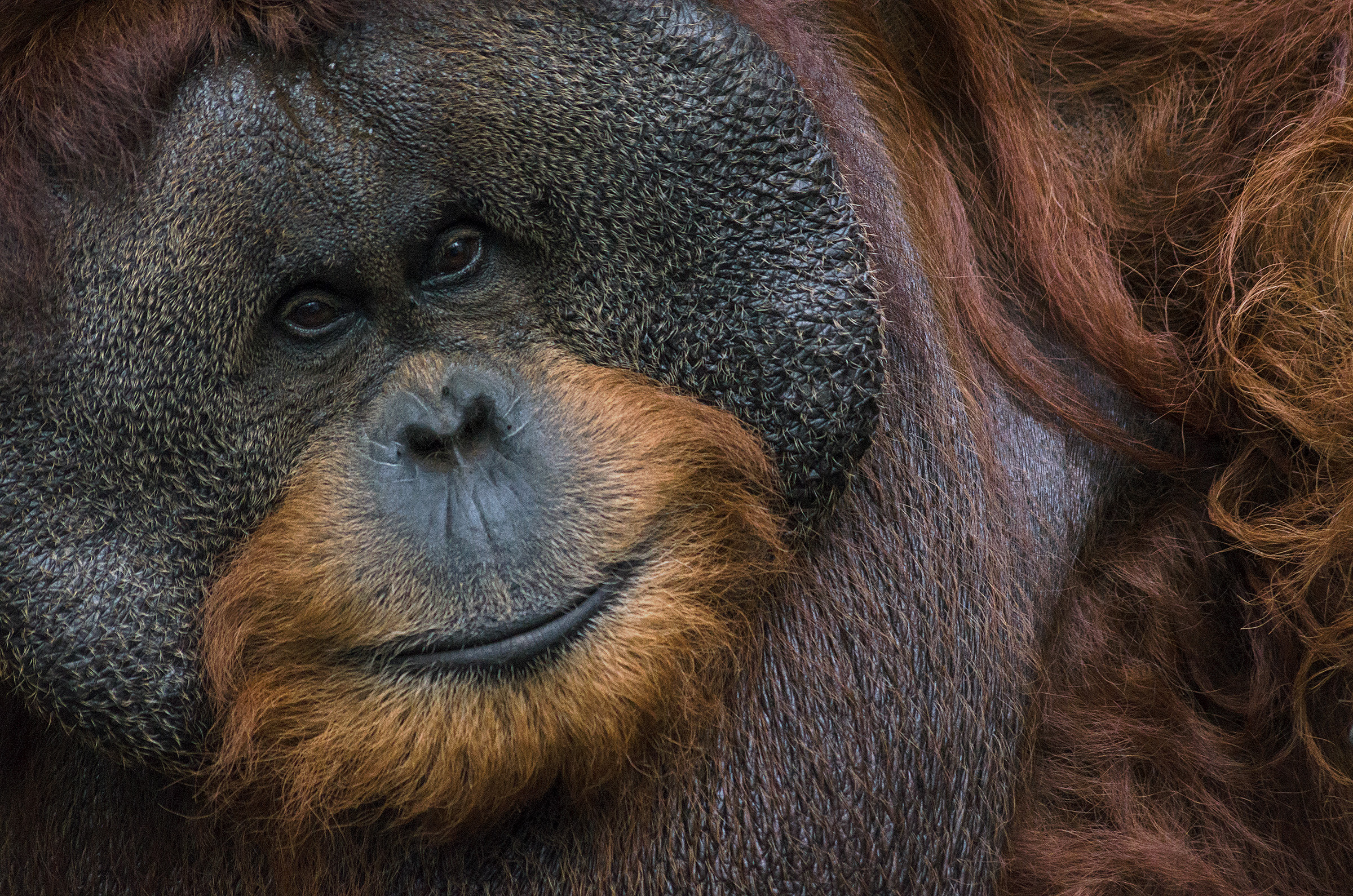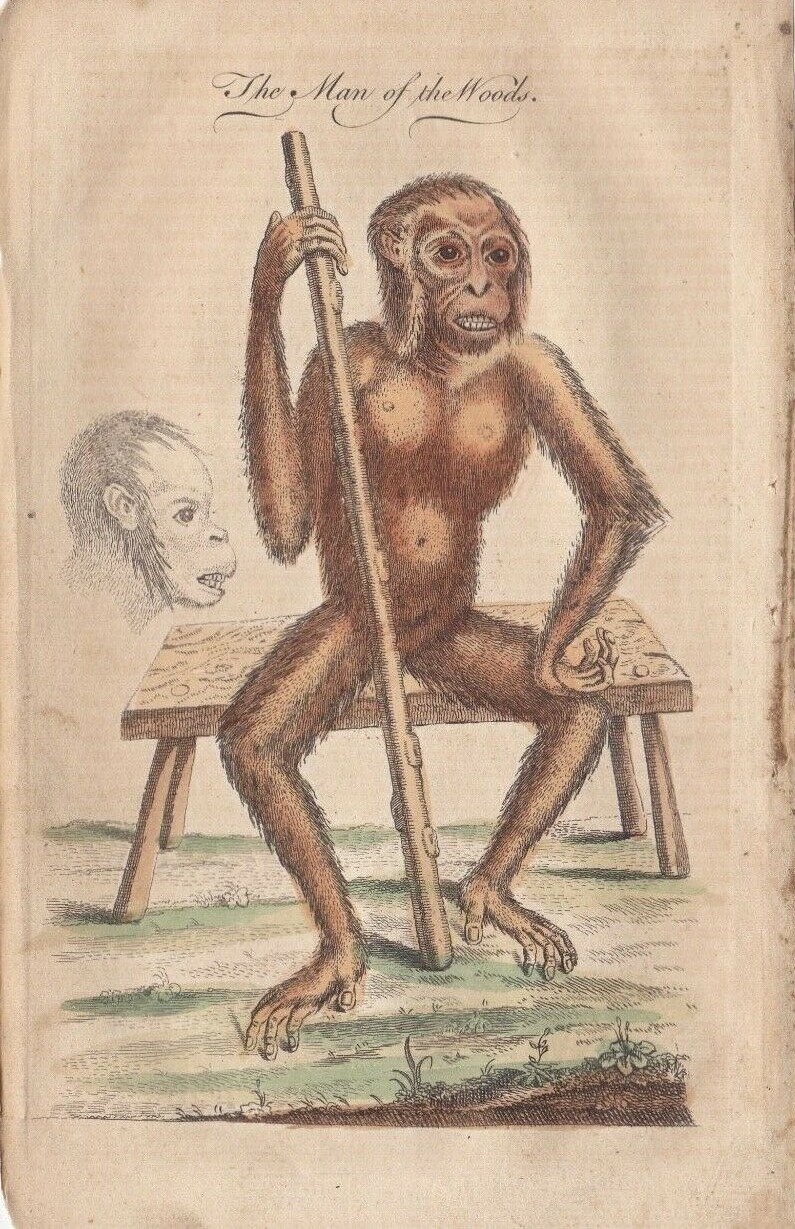|
Hybrid Orangutan
A hybrid orangutan or cocktail orangutan is usually an orangutan derived from interbreeding between any of the three Orangutan species: Bornean (''Pongo pygmaeus''), Sumatran (''Pongo abelii'') and Tapanuli (''Pongo tapanuliensis''), but the term "hybrid orangutan" could also refer to hybrids of the three known Bornean subspecies. As of 2015, there are approximately 134 living Bornean x Sumatran hybrid orangutans in captivity. Hybrids in captivity Before Bornean and Sumatran orangutans were described as separate species in the early 2000s, orangutans from differing species were paired in captivity, and produced hybrid offspring. In 1985, the Orangutan SSP within the Association of Zoos and Aquariums (AZA) issued a moratorium on the breeding of Sumatran x Bornean hybrids. In 1994, it was recommended that those hybrids should be sterilised if they are housed in a situation where breeding may happen. The Tapanuli orangutan was not described as a separate species until 2017, wh ... [...More Info...] [...Related Items...] OR: [Wikipedia] [Google] [Baidu] |
Bornean Orangutan
The Bornean orangutan (''Pongo pygmaeus'') is a species of orangutan endemic to the island of Borneo. Together with the Sumatran orangutan (''Pongo abelii'') and Tapanuli orangutan (''Pongo tapanuliensis''), it belongs to the only genus of great apes native to Asia. Like the other great apes, orangutans are highly intelligent, displaying tool use and distinct cultural patterns in the wild. Orangutans share approximately 97% of their DNA with humans. Also called mias by the local population, the Bornean orangutan is a critically endangered species, with deforestation, palm oil plantations, and hunting posing a serious threat to its continued existence. Taxonomy The Bornean orangutan and the Sumatran orangutan diverged about 400,000 years ago, with a continued low level of gene flow between them since then. The two orangutan species were considered merely subspecies until 1996; they were elevated to species following sequencing of their mitochondrial DNA. The Bornean orangutan ... [...More Info...] [...Related Items...] OR: [Wikipedia] [Google] [Baidu] |
Sumatran Orangutan
The Sumatran orangutan (''Pongo abelii'') is one of the three species of orangutans. Critically Endangered, and found only in the north of the Indonesian island of Sumatra, it is rarer than the Bornean orangutan but more common than the recently identified Tapanuli orangutan, also found in Sumatra. Its common name is based on two separate local words, "''orang''" ("people" or "person") and "''hutan''" ("forest"), derived from Malay, and translates as 'person of the forest'. Description Male Sumatran orangutans grow to about tall and , while females are smaller, averaging and . Compared to the Bornean species, Sumatran orangutans are thinner and have longer faces; their hair is longer with a paler red color. Behaviour and ecology Compared with the Bornean orangutan, the Sumatran orangutan tends to be more frugivorous and especially insectivorous. Preferred fruits include figs and jackfruits. It will also eat bird eggs and small vertebrates. Sumatran orangutans spend far ... [...More Info...] [...Related Items...] OR: [Wikipedia] [Google] [Baidu] |
Tapanuli Orangutan
The Tapanuli orangutan (''Pongo tapanuliensis'') is a species of orangutan restricted to South Tapanuli in the island of Sumatra in Indonesia. It is one of three known species of orangutan, alongside the Sumatran orangutan (''P. abelii''), found farther northwest on the island, and the Bornean orangutan (''P. pygmaeus''). It was described as a distinct species in 2017. , there are roughly 800 individuals of this species and it is currently on the critically endangered species list. Taxonomy Discovery and naming An isolated population of orangutans in the Batang Toru area of South Tapanuli was reported in 1939. The population was rediscovered by an expedition to the area in 1997, but it was not recognized as a distinct species then. ''Pongo tapanuliensis'' was identified as a distinct species, following a detailed phylogenetic study in 2017. The study analyzed the genetic samples of 37 wild orangutans from populations across Sumatra and Borneo and conducted a morphological ... [...More Info...] [...Related Items...] OR: [Wikipedia] [Google] [Baidu] |
Association Of Zoos And Aquariums
The Association of Zoos and Aquariums (AZA), originally the American Association of Zoological Parks and Aquariums, is an American 501(c)(3) nonprofit organization founded in 1924 and dedicated to the advancement of zoos and public aquariums in the areas of conservation, education, science, and recreation. AZA is headquartered in Silver Spring, Maryland, United States, and accredits zoos. There were 238 accredited facilities as of 2019, primarily in the US, and also a handful in eleven other countries. History In October 1924 the American Association of Zoological Parks and Aquariums was formed as an affiliate of the American Institute of Park Executives. In 1966, the American Association of Zoological Parks and Aquariums became a professional branch affiliate of the newly formed National Recreation and Park Association, which absorbed the American Institute of Park Executives. In the fall of 1971, the American Association of Zoological Parks and Aquariums membership voted to ... [...More Info...] [...Related Items...] OR: [Wikipedia] [Google] [Baidu] |
Illegal Wildlife Trade
Wildlife trade refers to the of products that are derived from non-domesticated animals or plants usually extracted from their natural environment or raised under controlled conditions. It can involve the trade of living or dead individuals, tissues such as skins, bones or meat, or other products. Legal wildlife trade is regulated by the United Nations' Convention on International Trade in Endangered Species of Wild Fauna and Flora (CITES), which currently has 184 member countries called ''Parties''. Illegal wildlife trade is widespread and constitutes one of the major illegal economic activities, comparable to the traffic of drugs and weapons. Wildlife trade is a serious conservation problem, has a negative effect on the viability of many wildlife populations and is one of the major threats to the survival of vertebrate species.The illegal wildlife trade has been linked to the emergence and spread of new infectious diseases in humans, including emergent viruses. Global initiat ... [...More Info...] [...Related Items...] OR: [Wikipedia] [Google] [Baidu] |
Tanjung Puting National Park
Tanjung Puting National Park is a national park in Indonesia located in the southeast part of West Kotawaringin Regency in the Indonesian province of Central Kalimantan (Central Borneo). The nearest main town is the capital of the Regency, Pangkalan Bun. The park is famous for its orangutan conservation. Geography The park is composed of 416,040 hectares of dryland dipterocarp forest, peat swampforest, heath forest, mangrove and coastal beach forest, and secondary forest. The park may be accessed from Kumai by speedboat along the Kumai River and then the Sekonyer River to Camp Leakey, a journey that takes about 1 hour and 30 minutes at best. The Kumai River forms the northern border of the park. Beyond that the peat forest has been removed to make way for oil palm plantations. Despite being a protected national park, approximately 65% of the park's primary forest is degraded. It is the loss of natural habitat that is the greatest threat to the wildlife. Friends of Nat ... [...More Info...] [...Related Items...] OR: [Wikipedia] [Google] [Baidu] |
Orangutans
Orangutans are great apes native to the rainforests of Indonesia and Malaysia. They are now found only in parts of Borneo and Sumatra, but during the Pleistocene they ranged throughout Southeast Asia and South China. Classified in the genus ''Pongo'', orangutans were originally considered to be one species. From 1996, they were divided into two species: the Bornean orangutan (''P. pygmaeus'', with three subspecies) and the Sumatran orangutan (''P. abelii''). A third species, the Tapanuli orangutan (''P. tapanuliensis''), was identified definitively in 2017. The orangutans are the only surviving species of the subfamily Ponginae, which diverged genetically from the other hominids (gorillas, chimpanzees, and humans) between 19.3 and 15.7 million years ago. The most arboreal of the great apes, orangutans spend most of their time in trees. They have proportionally long arms and short legs, and have reddish-brown hair covering their bodies. Adult males weigh about , while females ... [...More Info...] [...Related Items...] OR: [Wikipedia] [Google] [Baidu] |

.jpg)


